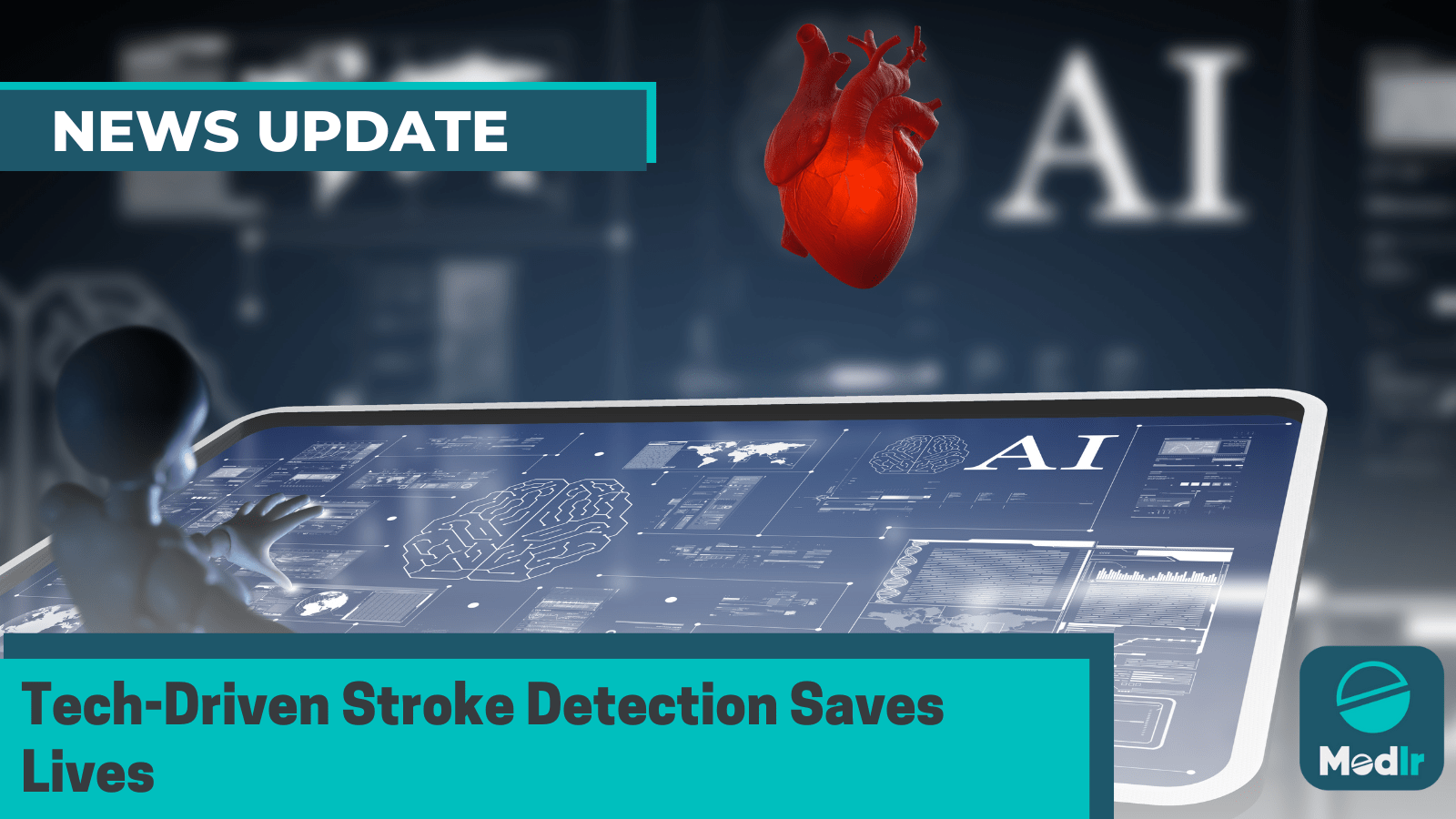Tech-Driven Stroke Detection Saves Lives
Written by Shaveta Arora, Arushi Sharma
Discover how the innovative stroke detection app is transforming patient care.

Researchers from UCLA David Geffen School of Medicine and Bulgarian medical institutions conducted a study at the Society of Neurointerventional Surgery's 20th Annual Meeting, analyzing data from 240 stroke patients across four metropolitan centers. The app, powered by artificial intelligence, accurately detects physical signs of stroke in patients.
A stroke occurs when a blood vessel ruptures or bleeds, affecting blood and oxygen delivery to brain tissues. This leads to brain cell death within minutes, ultimately resulting in death.
Stroke is a major cause of death in the US, affecting over 795,000 people annually. Symptoms can manifest in affected brain regions and can arise suddenly. It's crucial to recognize and seek treatment for a better outcome.
Using Smartphone App to Diagnose Stroke
Researchers used smartphones to capture patient videos and assess arm strength to identify stroke-related signs like facial asymmetry, arm weakness, and speech alterations. The evaluation was conducted within 72 hours of symptoms onset.
Researchers used machine learning to analyze 68 facial landmark points for facial asymmetry assessment, while measuring arm weakness using 3D accelerometer, gyroscope, and magnetometer data from smartphones.
Researchers used mel-frequency cepstral coefficients to detect speech changes and compare normal and slurred speech patterns. The app's stroke diagnosis capability was tested using neurologists' observations and brain scan data, showing high sensitivity and specificity, accurately diagnosing stroke in nearly all cases.
Researchers aim to revolutionize stroke care by implementing an app for swift and precise symptom assessment, ensuring patient survival and independence.